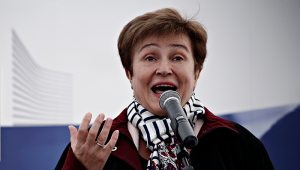The Washington-based bank said the country maintained its 6.7% growth forecast for this year and 2019, despite uncertainty around global growth amidst a trade war and policy shocks in the major economies.
Birgit Hansl, World Bank lead economist for the Philippines, said: “The government’s ability to carry out its investment spending agenda will determine if the Philippines can achieve its growth target of 6.5%–7.5% over the medium term.”
“In addition, higher private investment levels will be critical to sustain the economy’s growth momentum as capacity constraints become more binding.”
Exports, which are a key driver of the Philippines’ economy, are expected to moderate in coming years as global growth decelerates.
Investment growth was also slightly upgraded due to higher public expenditure, including increased infrastructure spending.
The World Bank anticipates that real gross domestic product growth will increase towards the end of 2018 and into the first half of 2019 as a result of higher election-related public spending.







